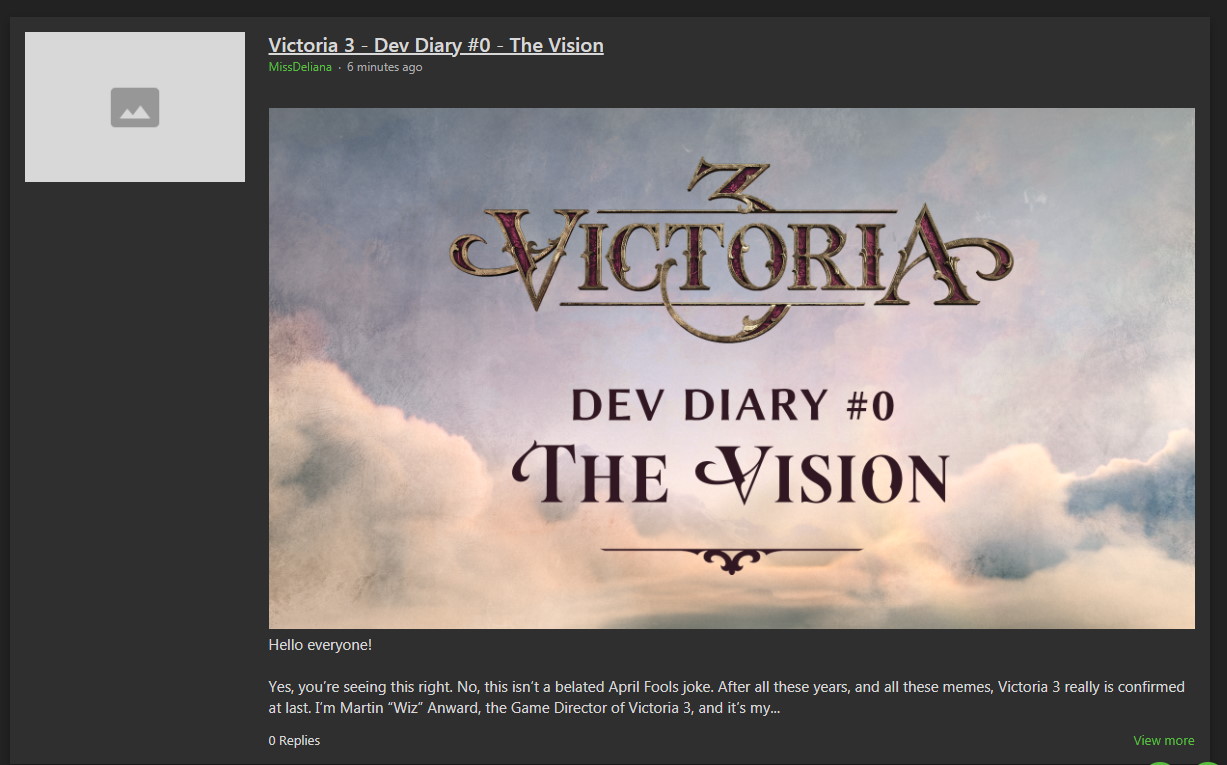

Whereas, in the original the state provided the funds for resources and the player possessed a wide range of options with which to build their economy, provided they have access to the proper raw materials.

The production and unemployment system from the original Victoria has been revised to better reflect market forces. Other materials, like iron, are consumed by industry, but are still tradeable. Some resources, such as wheat, are demanded principally by your population. Every province in the game produces a resource in resource gathering operations or RGO's. The economic system in Victoria II attempts to simulate the flow of resources in a world market. Additionally, the functioning of ideology in the game was tweaked such that population groups are more sensitive to changes in their country's situation, as well as inclined to agitate for specific levels of political and social reforms. Education and literacy's importance is reflected in the vast technology system that contains thousands of inventions. The education system has been overhauled by having clergy educate people of the same religion, and each population group now has their own literacy levels. Automation of various tasks has been added, including trade and population promotion. The interface was streamlined when compared to the original game, which was described by producer Johan Andersson as, "the interface God forgot". Victoria II contains a number of changes and improvements from its predecessor. These events and nationalist forces can lead to the creation or disintegration of nation states. There are thousands of historical events and decisions as well. As in other Paradox titles, like Europa Universalis, historical missions that are micro-objectives in the larger game have been added. Victoria II introduces two new groups, artisans and bureaucrats. There are several different population groups or "pops" including aristocrats, officers, clergy, capitalists, clerks, craftsmen, soldiers, laborers, and farmers. Nations' populations are divided into cultures, religions, and occupations.

While warfare is a component of the game it is not the primary focus as in other Paradox Interactive games such as the Hearts of Iron series. The game gives a lot of importance to the economy of a country by having a complex market system with over 50 types of goods and factories. Like its predecessor, Victoria II focuses on internal management, covering the industrialization and social/political changes in a country with dozens of different government types. Victoria II spans the globe from 1836 to the start of 1936 with over 200 playable nations.


 0 kommentar(er)
0 kommentar(er)
